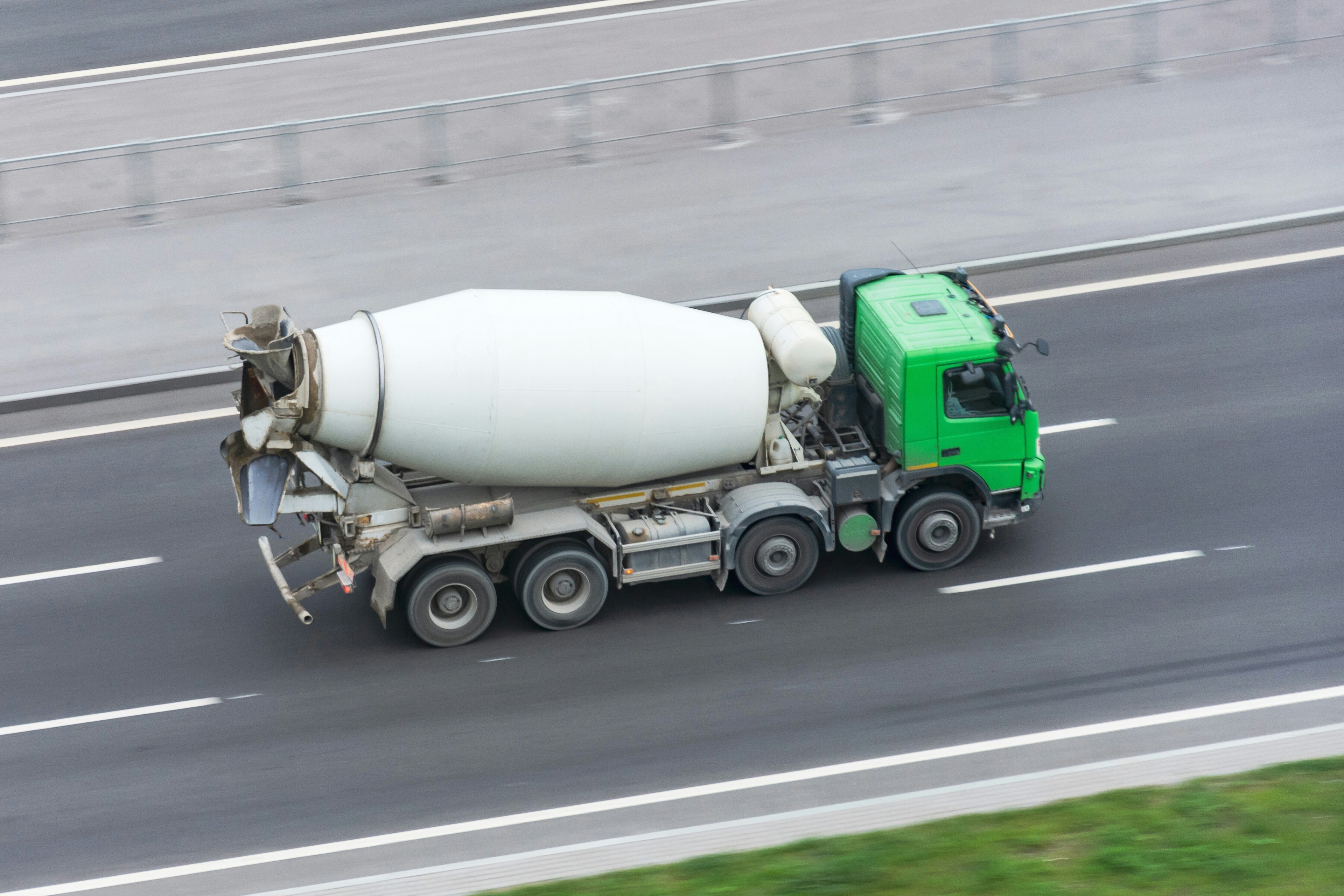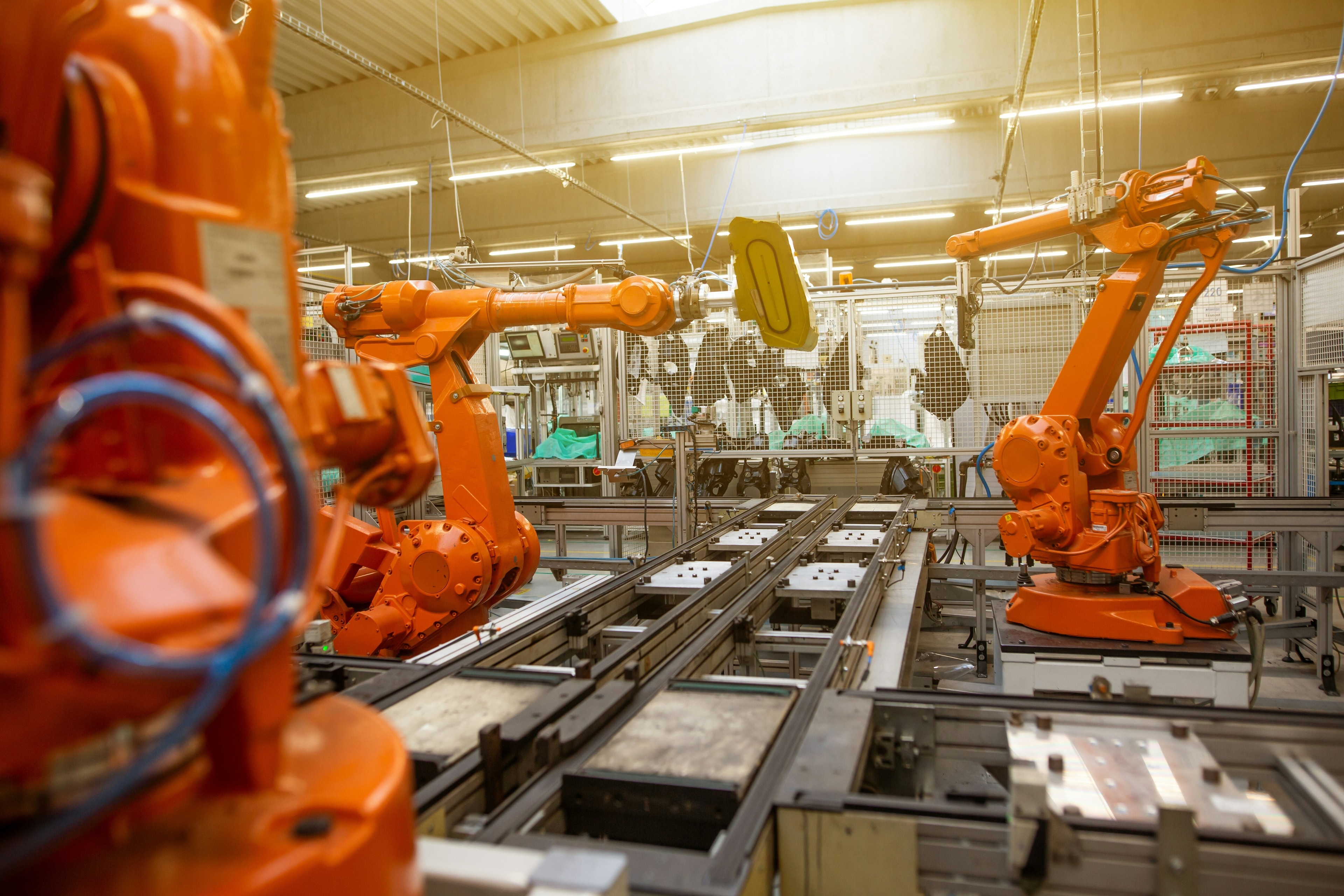Can indoor farming feed the world?

Indoor farming increases productivity and cuts costs - and the produce is better quality, too.
Image: Plenty
Stay up to date:
Innovation
When the earth calls on us, as its tenants we have to listen. From the invention of the steel plow in 1837, to the industry-altering tractor in 1892, right down to more modern pesticides and genetic modification — each time, the challenge of feeding the world's growing population has been met by humanity's innovation, using every scientific and mechanical technology within our grasp in order to squeeze more food out of dwindling natural resources.
With the planet's population now at 7.4 billion, and projected to grow by another billion in the next decade, history tells us that the time has come once again for humanity to use the technological advances at our disposal to create the next agrarian revolution. After practicing one form of agriculture for the last 10,000 years, the potential for delivering delicious, nutrient-rich, high-yielding and high-quality quality produce, year-round and worldwide, is greater than ever before.
Indoor farming is creating a new power to feed the world, and to feed it well.
Not only do indoor farms make it possible to produce otherwise land and water-hungry fruits and vegetables with previously unheard-of efficiency, but unlike with past agricultural innovations there is no longer a need to sacrifice quality, nutrition or flavor in order to maximize yield and accessibility. By removing the constraints of the sun and seasonality from harvesting crops, indoor agriculture combines proven plant science and transformative technologies to grow fruits and vegetables of the highest quality. It cuts out the time, distance and costs of trucks and warehouses while decreasing water usage by 99%, adding weeks of shelf life and opening up access to fresh produce for heretofore unreached geographic and socioeconomic groups.
At Plenty, we grow flavor-rich varieties of fruits and vegetables that have never been grown commercially, because they’re too finicky to be profitable in a traditional farm. The majority of produce grown today are tough, tasteless and tired varieties bred to survive being picked early so they can be transported across continents.
How does Manhattan fit 1.7 million people inside one 23-square-mile island? When it ran out of room to grow outward, it grew upward. In addition to growing plants side-by-side, Plenty's vertical farms grow crops up 20-foot towers; inside a space roughly the footprint of a football pitch, these crops can achieve yields up to 350 times that of even the most productive outdoor equivalent footprint. Due to their convenient size and self-sustained environment, vertical farms can be placed anywhere — say, just outside a city center, or right on top of otherwise infertile land — to create indoor spaces where computer vision and other technologies monitor what's happening inside plants, facilitating optimal conditions at all stages of growth.
For a nation like China, which must feed nearly one-fifth of the world's population with less than 10% of its arable land, the growth efficiency available through indoor agriculture is rapidly becoming necessary. In regions limited by water, such as the Middle East, the ability to cultivate a more diversified crop mix using 99% less water than traditional farming is revolutionary. Further, removing these unpredictable variables in national food security and curbing large swings in import demand stands to have a far-reaching global impact as the agricultural sector stabilizes.
With indoor farms, produce doesn't have to be trucked across the country or flown around the world to provide people with the fruits and vegetables they want and the nutrition they need. The viability of harvesting fresh produce within a few hours' drive of any community means cutting out weeks and thousands of miles that currently wring the life and joy out of what’s on the shelf. Eliminating all that time, distance and distribution centers from the farm-to-table journey eliminates 20 – 35% of the costs currently associated with the produce sold inside American grocery stores.
Beyond just making produce more affordable, without the need to travel in a truck for two weeks, produce can be harvested at peak-joy rather than at peak-truck-travel-performance (think hard strawberries, balls of tasteless iceberg lettuce, tough-skinned tomatoes). This means that indoor farms are able to grow produce with a level of delight and flavor previously unavailable at scale in an uncontrollable production environment.
We believe that all 7.4 billion people on earth deserve access to affordable, desirable, nutrient-rich fruits and vegetables in their diets, no matter the environmental or economic stressors of their area. That's what inspires indoor farming: driving crop prices down to provide all nations around the world with an infinitely customizable and adaptable platform from which to harvest their own food.
Just as people have moved inside to create the most optimal living conditions, farming is headed indoors too, to provide the most habitable environment for nutrient-rich produce ever achieved. Where we once harnessed the power of animals, then the power of machinery to push yields to new highs, we now look to sensors, cameras, intelligent computer systems, plant science, flavor science, artificial intelligence and other technological capabilities to provide plants with the perfect environment they need to thrive and taste amazing - every minute of every day. And when the fruits and vegetables that we put into our bodies are at their peak condition, they nourish us to our peak condition. We will eat more of what’s best for us and less of what’s not.
Perfect produce may sound like hyperbole; producing 40 plants inside the footprint where one conventionally-grown plant once stood might sound like a parable; artificial intelligence and infrared grids controlling indoor farming conditions may sound like otherworldly science-fiction. But it's not. There are 7.4 billion mouths to feed and bodies to nourish in this world, and we are developing the technology, systems and know-how to do it. The future of farming is already here. We simply have to listen to the call.
Don't miss any update on this topic
Create a free account and access your personalized content collection with our latest publications and analyses.
License and Republishing
World Economic Forum articles may be republished in accordance with the Creative Commons Attribution-NonCommercial-NoDerivatives 4.0 International Public License, and in accordance with our Terms of Use.
The views expressed in this article are those of the author alone and not the World Economic Forum.
Related topics:
Forum Stories newsletter
Bringing you weekly curated insights and analysis on the global issues that matter.
More on Industries in DepthSee all
Eneida Licaj and Genevieve Sherman
September 10, 2025
Benedikt Gieger and Christian Busch
September 3, 2025
Spencer Feingold
August 18, 2025
Giorgio Parolini
July 7, 2025
Ibrahim Odeh and Oliver Tsai
July 2, 2025







